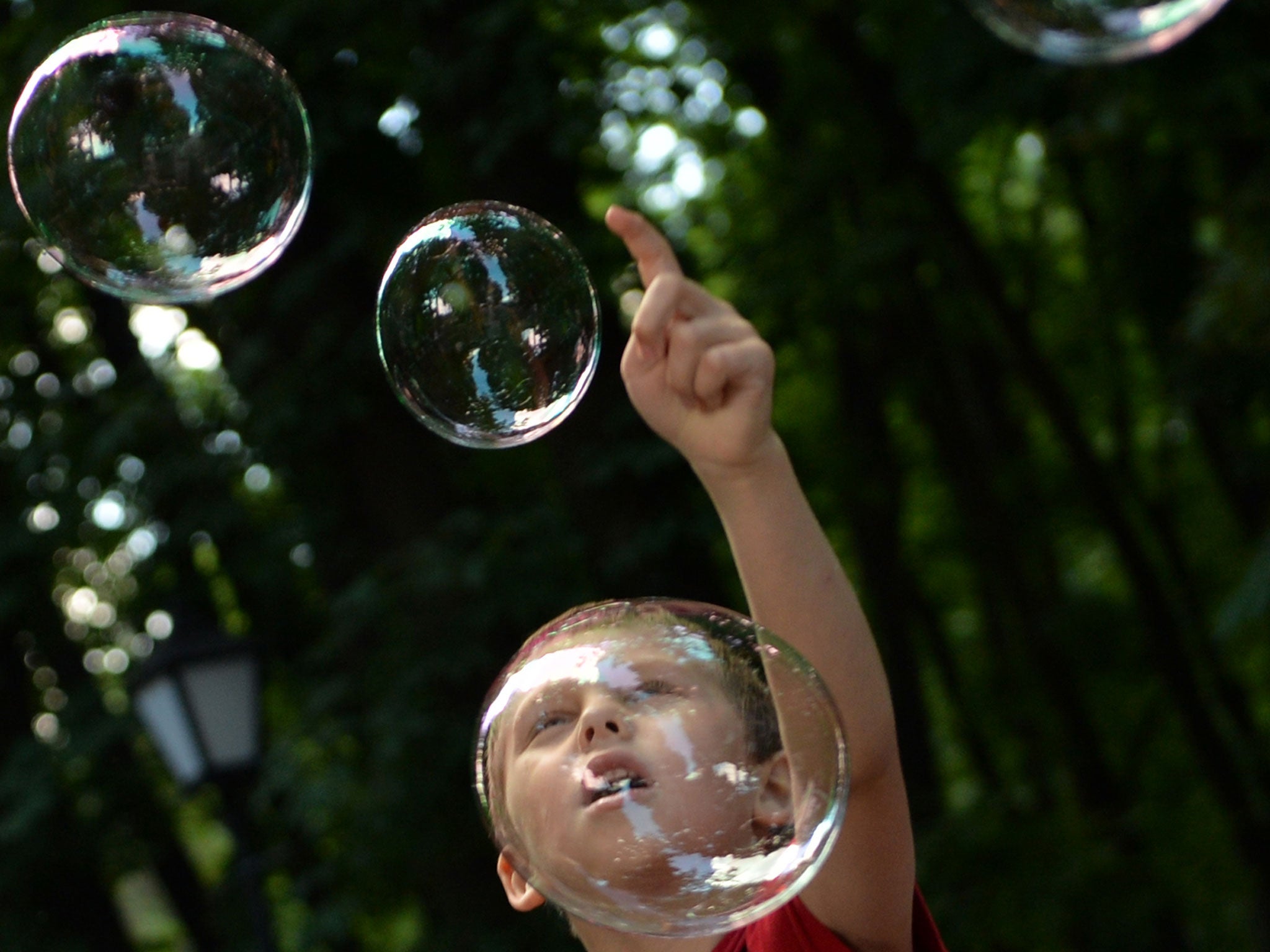Men and women with autism may need different treatments
Scan research reveals how the condition affects the brain according to gender

Your support helps us to tell the story
From reproductive rights to climate change to Big Tech, The Independent is on the ground when the story is developing. Whether it's investigating the financials of Elon Musk's pro-Trump PAC or producing our latest documentary, 'The A Word', which shines a light on the American women fighting for reproductive rights, we know how important it is to parse out the facts from the messaging.
At such a critical moment in US history, we need reporters on the ground. Your donation allows us to keep sending journalists to speak to both sides of the story.
The Independent is trusted by Americans across the entire political spectrum. And unlike many other quality news outlets, we choose not to lock Americans out of our reporting and analysis with paywalls. We believe quality journalism should be available to everyone, paid for by those who can afford it.
Your support makes all the difference.Men and boys with autism have different brain structures than women and girls with autism according to one of the first detailed studies of the anatomical differences between the brains of male and female patients. The scientists behind the research say it shows that autism in men and women should not necessarily be treated in the same way.
Brain scans of 60 people at the “high end” of the autism spectrum – those who do not suffer serious cognitive and physical disabilities – have shown for the first time that the disorder affects males and females differently in terms of the brain’s neuroanatomy.
Autism is between three and five times more common in boys than in girls and one theory is that the condition – which results typically in a lack of empathy – is an extreme form of the “male brain”. The latest study supports this idea, at least in female patients, the researchers said.
“One of our new findings is that females with autism show neuroanatomical ‘mascularisation’. This may implicate physiological mechanisms that drive sexual dimorphism, such as prenatal sex hormones and sex-linked genetic mechanisms,” said Professor Simon Baron-Cohen of Cambridge University, who led the study.
Autism affects about 1 per cent of the population and is marked by a spectrum of disorders, ranging from severe physical and mental disability, to the high-end of the range, which includes Asperger’s syndrome.
The study compared equal numbers of men and women with and without autism.
Meng-Chuan Lai, the lead author of the study published in the journal Brain, said that one of the main messages of the research is that autism in males and females is different and cannot therefore be automatically treated as the same condition.
“In future research we should not assume that what applies to males blindly applies to females. How autism manifests in males is quite different to how it manifests in females in terms of brain structure,” Dr Lai said.
“The differences between females with and without autism look typically like the differences between males and females without autism…this is an important example of the diversity within the ‘spectrum’,” he said.
Michael Lombar-do, who co-led the study, said that finding such differences between male and female autism patients underlines the complex nature of the condition, which is marked by a wide spectrum of symptoms ranging from the severe to the mild.
“Autism as a whole is complex and vastly diverse, or heterogeneous, and this new study indicates that there are ways to subgroup the autism spectrum, such as whether an individual is male or female,” Dr Lombardo said.
Join our commenting forum
Join thought-provoking conversations, follow other Independent readers and see their replies
Comments